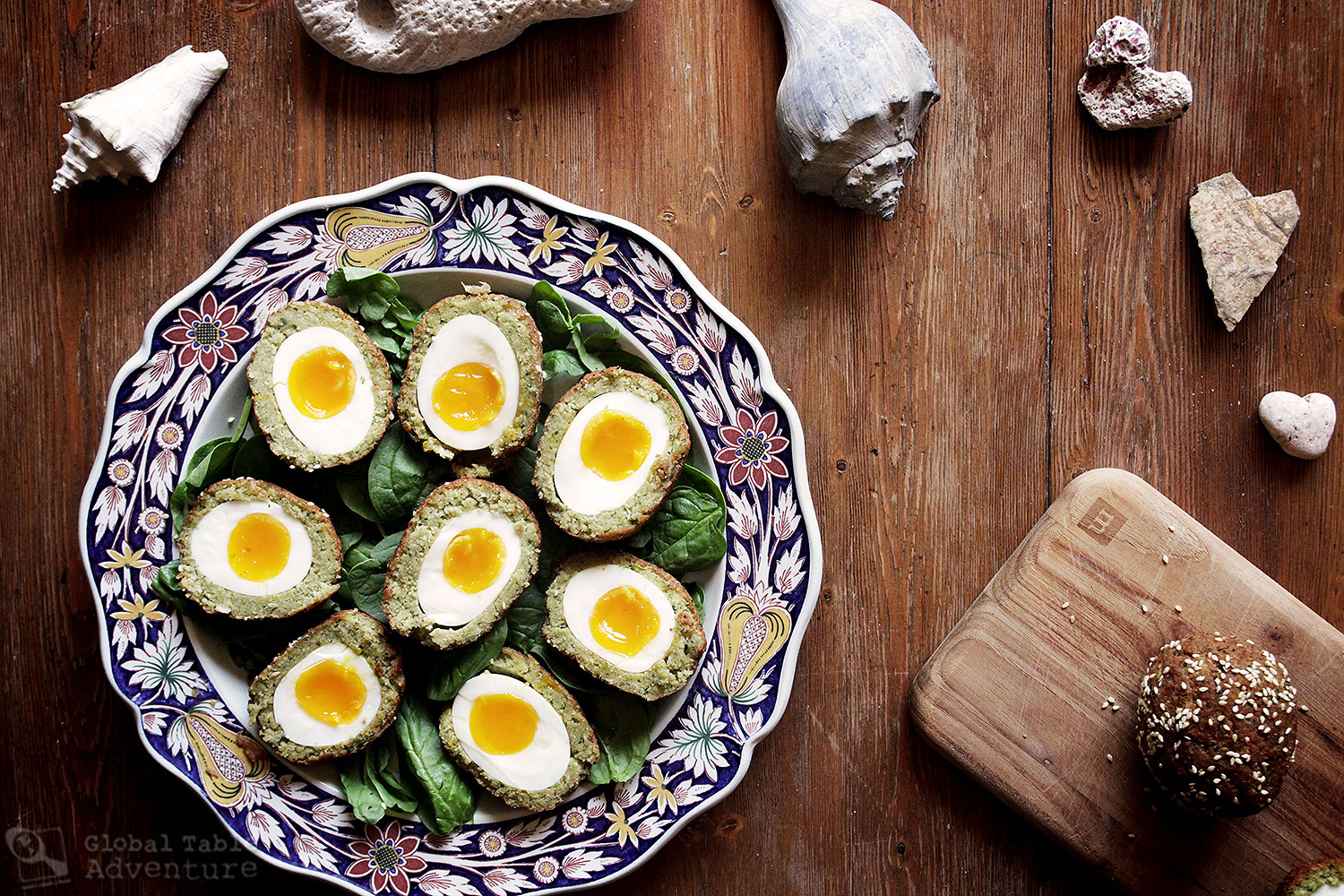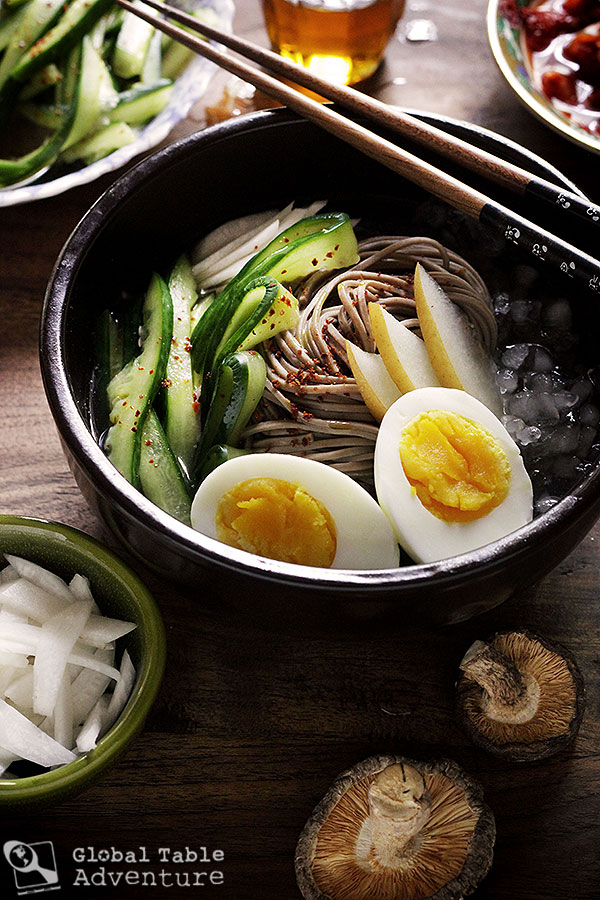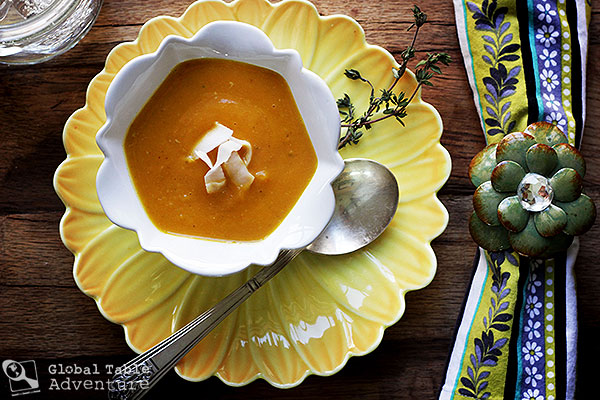Let’s travel to Scotland and enjoy a traditional Selkie legend paired with a Selkie-friendly recipe for Scotch Eggs. But first… what is a Selkie? On the cold, northern shores of Scotland you’ll find smoke-grey seals basking on the wet rock, backs glistening with ocean spray. On an ordinary day the seals might sit for a time then slip into the water, hardly making a sound as they go about … well… whatever it is that seals normally do. But when the light is dim or fog blankets the horizon, some report having seen the seal skins drop away, revealing men and women of great beauty, whose big, brown eyes give their gaze a look of dewy grace. These are Selkies – merfolk who can shed their skins and walk about on land. But there’s a catch with the Selkie’s freedom: if they lose their skin, they cannot return to their natural form. Instead, they are trapped on land, destined to remain human until they discover their skin again. A note on the Biology of a Selkie: Unlike …
Read More
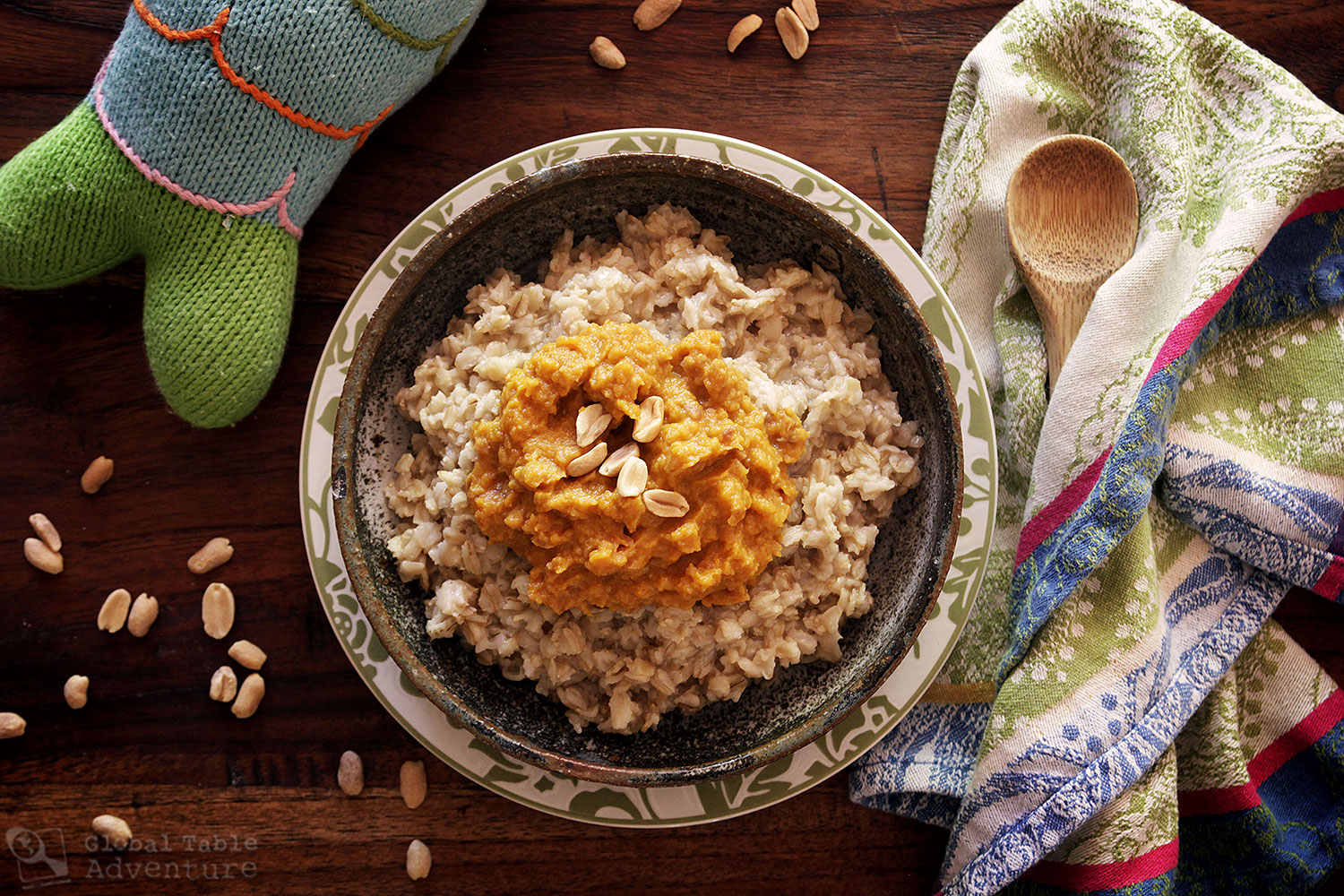
Forget what you know about The Little Mermaid. Zambia’s infamous mermaid, Chitapo, is no dewy-eyed, red-haired princess. To set eyes on this fierce water spirit, paddle along the Zambian/Congolese waterways – along Lake Namulolobwe, down Victoria Falls, into any number of smaller ponds. You might even find her cresting the salty Atlantic. How will you know it’s her? See that shadow caught up in a whirlwind? An elusive figure sunning on a rock, with the body of a woman and the tail of a fish or serpent? That’s Chitapo. Beware: Beautiful Chitapo is not content to observe humans from afar. Pay attention if things seem amiss in your village. Did a woven mat or a few beloved baskets vanish, then reappear a few days later? Is a neighbor’s missing collection of pots and pans now floating on the murky lake? Chitapo pushes this shiny bait in the shallows, luring unsuspecting victims to their untimely death. Tempted to wade into the water to retrieve these prizes? Think you can outwit, or out-muscle this water spirit? Good luck. Even those with unflinching biceps and …
Read More
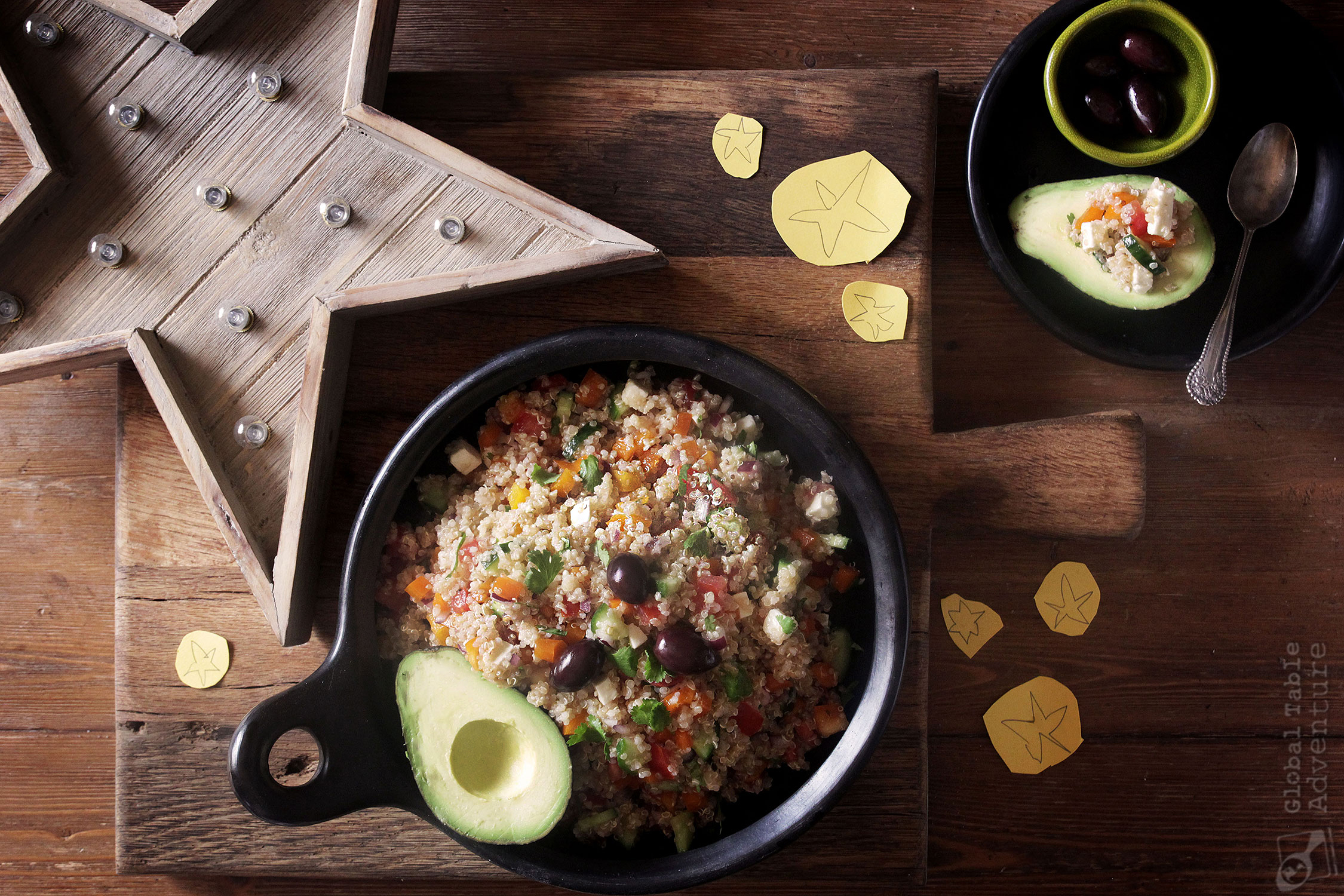
Step out under the sky tonight and scan the heavens. Seek out a star, winking in the darkness, livelier than all the rest. This, my friends, is the proud, playful star-sister who brought quinoa to South America. Legend has it that, long before hip, suburban health food stores stocked this comma-shaped seed, the Aymara people* of the Andes were given the gift of quinoa. It was the Aymara’s first harvest, near Lake Titicaca. While toiling in the fields, the farmers noticed that someone had dug up and stolen some of their potatoes. Determined to catch the thief red handed, one young man decided to stay up all night and keep watch over the fields. The young man hid behind some bushes and waited. The hours slipped slowly by, leaves rustling in the moonlight, tempting him with sleep. He eyes began to droop, his back began to hunch. Suddenly, the sound of laughter rang out. He bolted up and peered through the brush. On the far side of the field he saw several young maidens – the star-sisters – come …
Read More
Perhaps you’ve had chilled soup, but have you ever had soup on ice? Korean naengmyeon is just that – a brothy, noodle soup topped with spicy cucumber, Asian pear, daikon radish, hard-boiled egg, and ice. While the soup starts out mild in flavor, adding vinegar, mustard oil (or paste), and even a spoonful of kimchee takes the soup to a whole new flavor profile – the catch is this seasoning is usually done at the table, so everyone can control how their naengmyeon tastes. Do you want it spicy? Sour? Heavy on the pear? The choice is yours. Have you ever had Asian pear? I love Ava’s face, here! She wasn’t sure about the Asian pear, but ended up eating nearly an entire pear herself by the end of dinner. While you could substitute bosc pears or just leave them off, crisp Asian pears are incredibly floral as compared to standard pears… they remind me a lot of star fruit in that way. Tips: – I made my own seasoned broth, adding dried mushrooms and kelp powder, but if you’re in …
Read More

Sometimes I want it all: A clean house and a lazy weekend. A good night’s sleep and a Doctor Who marathon. Salad and pizza. Mexican and Italian food. I might not be able to balance out the former two, but as for the latter? Yes and yes. The biggest tortilla in town. Tlayuda is Mexico’s answer to pizza. But don’t expect tomato sauce and basil leaves. This popular Oaxacan street food is made on an enormous tortilla and spread thickly with black beans (Take note: these aren’t ordinary black beans – they’ve been blended with a heaping of roasted garlic and onion, cumin, and chile powder). Purists will spread the tortilla with lard, too – though I prefer a light brush of vegetable oil. Finally, cheese is sprinkled on top, as is your choice of meat (beef, pork, or browned chorizo) and a garden’s-worth of toppings (think avocado, tomato, cheese, cilantro, lettuce, and jalepenos). It can be served open-faced or folded in half. When the first hot bite passes your lips, be prepared for a flavor explosion – especially when you add a puckering of freshly …
Read More
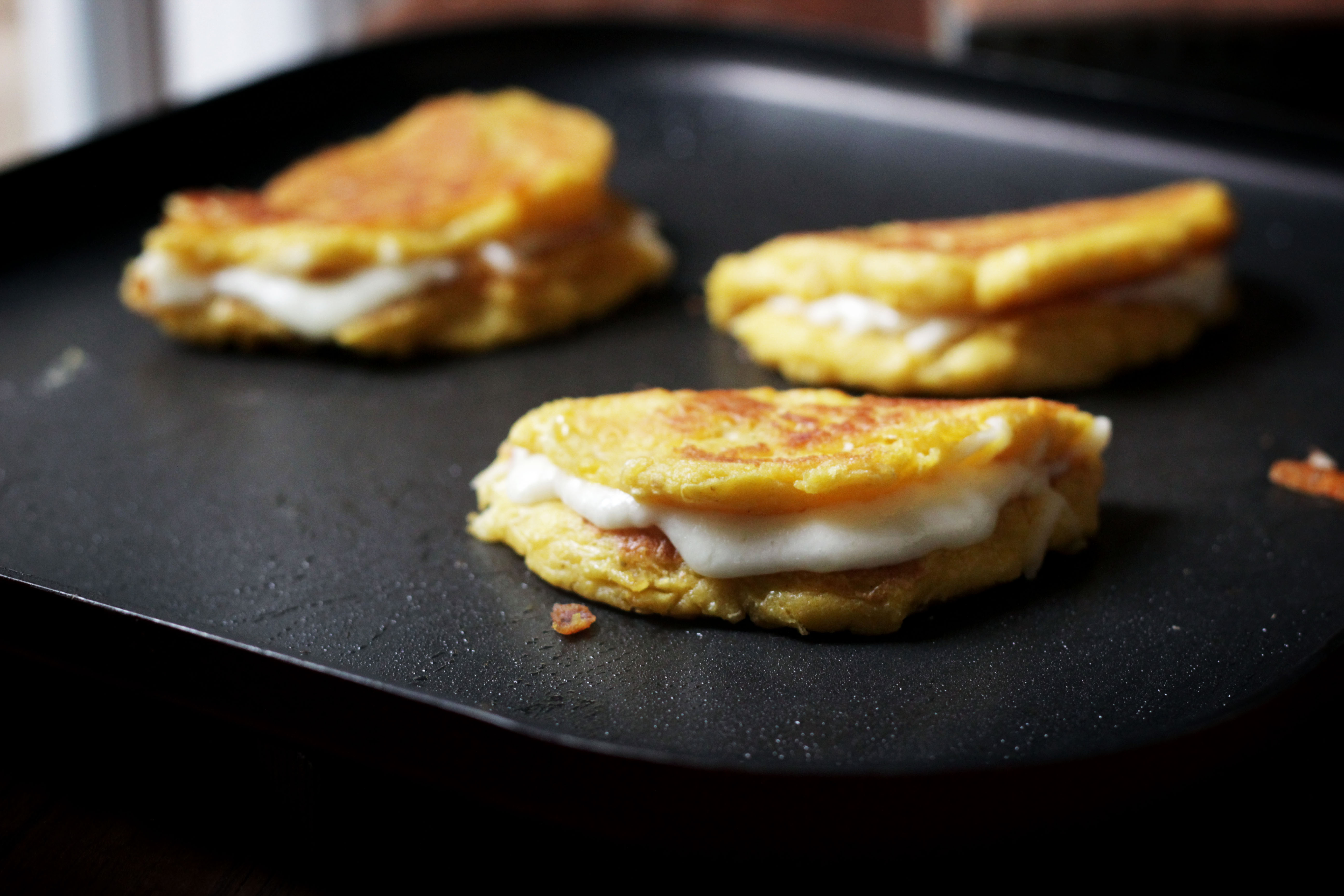
“There’s nothing hidden between heaven and earth.” Venezuelan Proverb Nothing hidden indeed… except, perhaps the cheese inside a steaming, hot Cachapas. Brittle autumn days require an extra slathering of comfort. Ooey gooey cheese-filled corncakes, a.k.a. cachapas fit the bill nicely. Think of them as the South American version of pancakes. The cakes are made with just two ingredients: corn and masa harina, plus the requisite sprinkling of salt and pepper. There’s a simplicity to the recipe that means a batch can be made as easily at midnight as in the afternoon. Which means you can stovetop travel to the beaches of Venezuela any time you like. While you can make cachapas with fresh corn in the fall, you can also use frozen corn any time of year. Corn gives the cachapas sweet overtones. Masa harina – a flour made from hominy, the big-kerneled cousin to corn – binds the mixture together so the corncake holds its shape (all the better for topping with ooey gooey cheese!). Speaking of cheese, the key to the cachapas is to sprinkle them …
Read More
I’ve had a lot of breakfast treats over the years, but I’ve never tasted anything quite like these whole wheat date “crêpes” beloved in the United Arab Emirates. Made with whole wheat flour and a hearty helping of dates, they are a mildly sweet and wholesome way to start the morning. I call them “crêpes” because of how they look, but, in truth, they’re called “Muhalla,” and quite different than a French crêpe. For starters, these are leavened with yeast, whose bubbles give the muhalla a more lacy texture. While you could make these with white flour, the whole wheat flour gives them a rich, nutty flavor – a nice contrast to the sweet note provided by the dates. The dates are the real star of Muhalla. In the United Arab Emirates, dates are one of the few ingredients which can grow, so they wind up in many of the local recipes such as this one. They are delicious, hot, warm or at room temperature. Be sure to serve them with some yogurt, fruit, or even a …
Read More
What happens when you eat a lot of international food, but still get in a rut? Is it like when you live by the sea but get tired of looking at the lapping waves (is that even possible?). It’s so easy (and delicious), to return to old favorites like stuffed grape leaves, hummus and tabbouleh, but sometimes a little shakedown is in order. We’re big tabbouleh eaters in this house, so when I found out there’s a Turkish version of this popular bulgur salad, you can bet I jumped on board. This guy knows what I’m talking about… He’s been waiting for a bite for nearly three centuries. What makes kisir different from mainstream Tabbouleh is the addition of two ingredients: tomato paste and pepper paste. These stain the bulgur grains orange-red, and gives the finished dish a rich, earthy flavor. If you use hot pepper paste, the kisir will also go down with a lovely burn. And then there’s a bit more red, too. Say “Merhaba,” or “hello” to a couple of tomatoes from my garden… I was so …
Read More

Even grownups need to build sandcastles from time to time. The urge comes from deep within our hearts – some far away love for fantasy, perhaps formed in childhood. Today, we’re listening to our inner child; we’re making edible sandcastles… from Togo. At least, that’s what I’m calling them. If you want to be a serious adult, you can call them cornmeal cakes. In Togo, corn is everything, ever. Sometimes it is served as porridge. And sometimes it’s served as Djenkoume, a.k.a. cornmeal cakes, a.k.a. edible sand castles. Djenkoume is a cornmeal, tomato, and red palm oil corn cake, rather like polenta. But there’s so much more about the dish… there’s onion, garlic, and ginger in the mix. And a mound of homemade, spiced tomato sauce. Hello. How could that not be wonderful? Friends, sometimes, I wonder if I’m really going to be able to find a dish I like in every country in the world. So far, I’ve had 100% success rate, and it’s not just because I’m fairly open minded. It’s also because there …
Read More
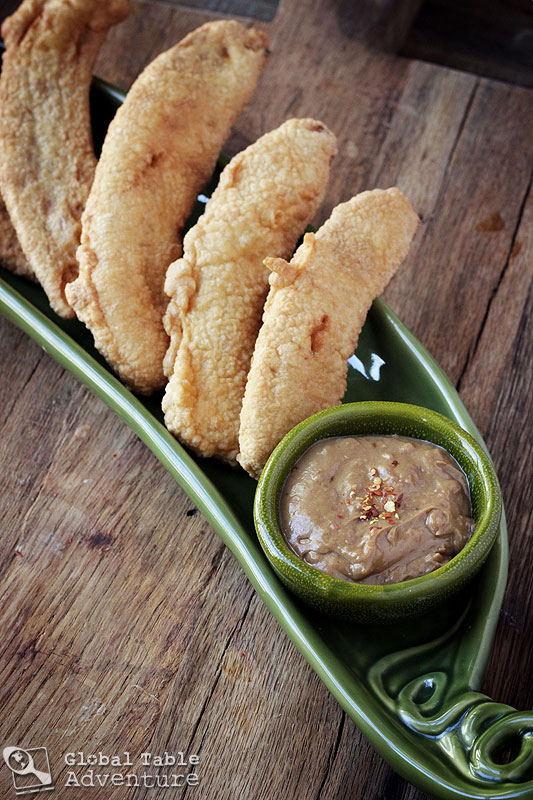
Bakabana is a traditional treat in Suriname. All you do is take very ripe plantains (i.e. blackened), deep fry them, and dust the crispy, fried goodness with powdered sugar. Alternatively, you can serve them with homemade peanut sauce. The result is a crispy-on-the-outside, soft-on-the-inside, finger-licking snack. What could go wrong? (Actually, a lot. I made this recipe three times, before I finally figured out that I needed cornstarch to make the batter crispy. For reference see below. The piece on the left is an all flour batter, the lighter piece on the right is half flour, half cornstarch – and much crispier… …I also made a really bad peanut sauce…so bad I had to toss the recipe. Thankfully, I have an amazing peanut sauce recipe… my old standby, from when we cooked Indonesia. If you decide to make this peanut sauce, it will look like the picture below, not like the one pictured with the plantains.) Thanks to our readers on Facebook, Megan H. and Natalie F., who suggested we try Bakabana. This was a fun one. …
Read More
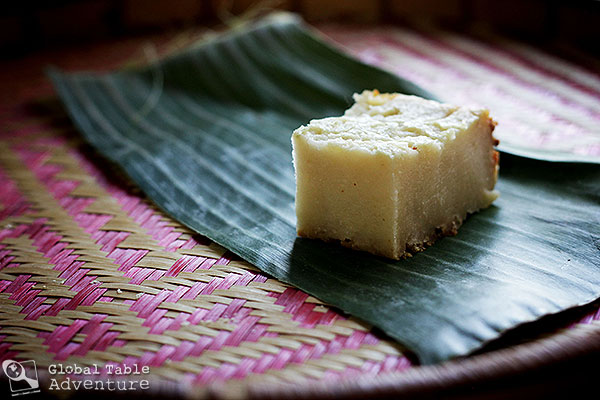
I secretly love it when a word like “pudding” takes on a whole new meaning than “the sweet chocolate goop found in the refrigerator cases of American supermarkets” (although I do enjoy that sort of pudding as much as the next sugar crazed mom). I love surprises like this because they teach me not to take so much for granted. They remind me that there are people all over this beautiful world who have different ways of doing things. And, in case you didn’t get the memo, different is a beautiful thing. Imagine how boring our world would be if we all looked the same, talked the same, and… ate the very same pudding? In Solomon Islands and throughout Oceania, pudding is any goupy mixture that’s been grated and baked. Or sometimes steamed. Confused? Let’s get specific. The most popular pudding in Solomon Islands is Cassava Pudding. This is more of a savory cake than pudding. It’s made with grated cassava, sweet potato, and coconut milk. The whole shebang is traditionally baked all afternoon in …
Read More
I know three things for sure: this Caribbean soup cannot wipe out old college debt, or go gift shopping for us… or even stop that dog from barking a few houses over (unless that particular dog likes soup?). That being said, I have personal proof that this soup can help you bring love into the kitchen and give your family just a little escape from the ordinary.As you whip it up, the house will fill with the scent of pumpkin, ginger and coconut cream – that’s when it’ll start. Your family will come wandering in to see what you’re doing. The neighbors will come knocking. Soon the house will fill with spirited chatter and spoons clinking against bowls. This taste of the islands is the best thing after a week of pumpkin pie and turkey leftovers (but not to0 big of a leap – it’s still pumpkin season after all!).In Saint Vincent and the Grenadines (as well as all over the Caribbean), they enjoy this soup, often with some really spicy scotch bonnet peppers, ginger, and …
Read More

